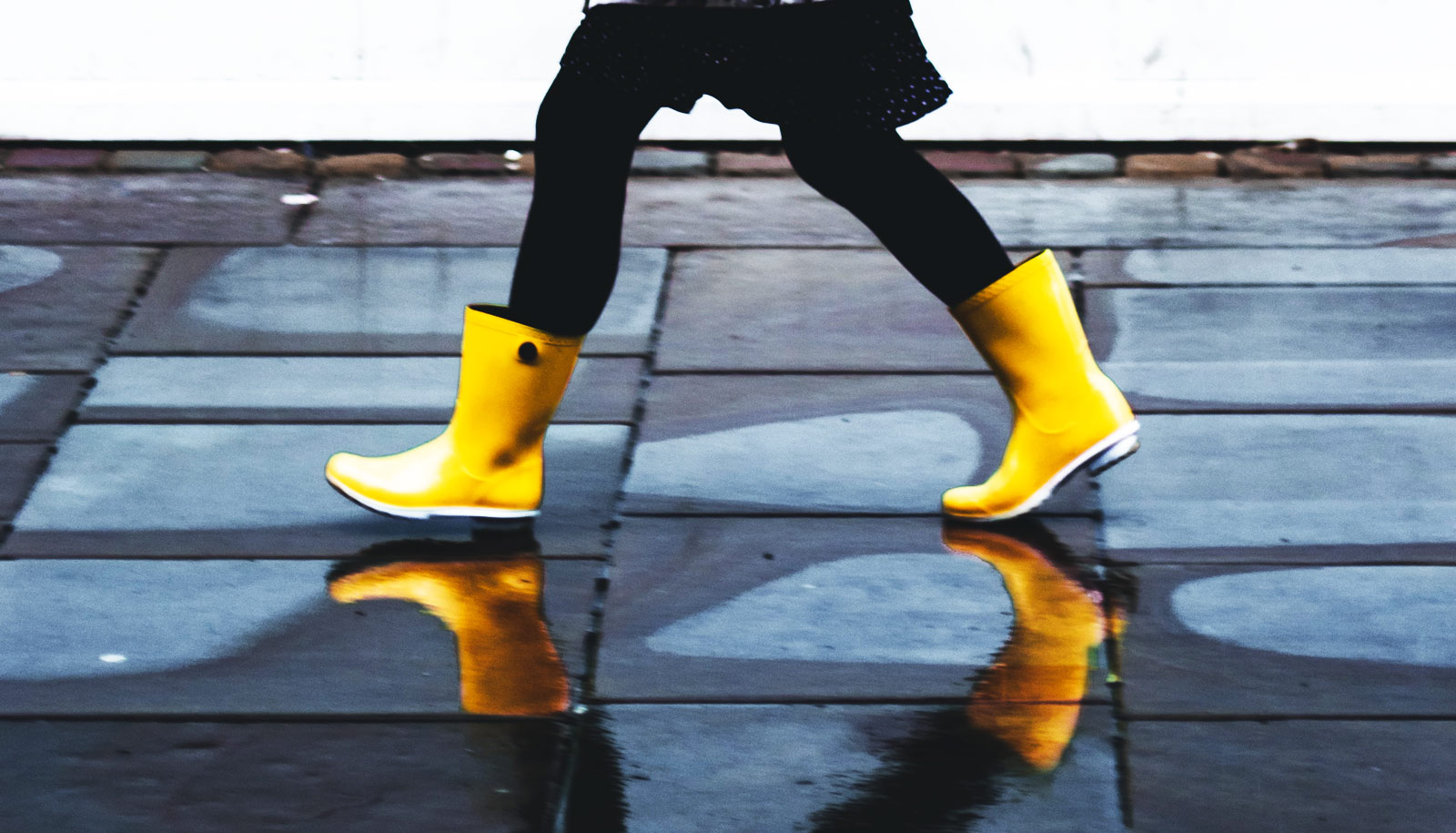The walking speed of 45-year-olds, particularly their fastest walking speed without running, may indicate the aging of their brains and bodies, according to a new study in New Zealand.
The findings show that slower walkers have “accelerated aging” on a 19-measure scale—and their lungs, teeth, and immune systems tend to be in worse shape than the people who walked faster.
“The thing that’s really striking is that this is in 45-year-old people, not the geriatric patients who are usually assessed with such measures,” says lead researcher Line J.H. Rasmussen, a postdoctoral researcher in Duke University’s psychology and neuroscience department.
Equally striking, neurocognitive testing that these individuals took as children could predict who would become the slower walkers. At age 3, their scores on IQ, understanding language, frustration tolerance, motor skills, and emotional control predicted walking speed at age 45.
“Doctors know that slow walkers in their seventies and eighties tend to die sooner than fast walkers their same age,” says senior author Terrie E. Moffitt, professor of psychology at Duke and professor of social development at King’s College London. “But this study covered the period from the preschool years to midlife, and found that a slow walk is a problem sign decades before old age.”
The data come from a long-term study of nearly 1,000 people born during a single year in Dunedin, New Zealand. Researchers tested, quizzed, and measured 904 participants over their entire lives, mostly recently from April 2017 to April 2019 at age 45.
MRI exams during the last assessment showed the slower walkers tend to have lower total brain volume, lower mean cortical thickness, less brain surface area, and higher incidence of white matter “hyperintensities,” small lesions associated with small vessel disease of the brain. In short, their brains appear somewhat older.
Adding insult to injury perhaps, the slower walkers also looked older to a panel of eight screeners who assessed each participant’s ‘facial age’ from a photograph.
Researchers have long used gait speed as a measure of health and aging in geriatric patients, but what’s new in this study is the relative youth of these study subjects and the ability to see how walking speed matches up with health measures the study collected during their lives.
“It’s a shame we don’t have gait speed and brain imaging for them as children,” Rasmussen says. (MRI was invented when participants were five years old, but was not given to children for many years after.)
Some of the differences in health and cognition may link to lifestyle choices these individuals have made. But the study also suggests that there are already signs in early life of who would become the slowest walkers, Rasmussen says. “We may have a chance here to see who’s going to do better health-wise in later life.”
The study appears in JAMA Network Open.
Funding came from the US National Institute on Aging, the UK Medical Research Council, the Jacobs Foundation, the New Zealand Health Research Council, the New Zealand Ministry of Business, Innovation and Employment, the Lundbeck Foundation, the US National Science Foundation, and the US National Institute of Child Health and Human Development.
Source: Duke University


